By Steve Baas, Tracy Johnson, and Suzanne Kelley
It is well past time to modernize the I-94 East-West Corridor, which is vital to Southeast Wisconsin and the entire state’s economy.
Originally built almost 60 years ago, the East-West corridor of I-94 connects the Marquette and Zoo interchanges. This stretch, which runs for three and a half miles between 16th and 70th Streets, has more than 20,000 businesses, 310,000 jobs, and 540,000 residents located within a five-mile radius of its center.
The corridor helps area employees get to their jobs and serves as a gateway for goods, tourist destinations, and healthcare facilities throughout the region and the state.
Improving the East-West Corridor is necessary to reap the benefits of the $2.5 billion the state and federal governments have spent reconstructing the Marquette and Zoo interchanges. Commuters and businesses cannot take full advantage of these interchanges’ utility if the roadway between them is deteriorated, congested, and outdated. Which it is.
The current bottleneck between the two interchanges serves as a drag on economic activity and is a safety concern. The East-West traffic load is tens of thousands of vehicles a day more than it was designed to handle, making it one of the most congested and dangerous roadways in the state.
Anyone who has driven this segment knows it is in rough shape and that chronic congestion and unreliability have led many motorists to rely on local roads more and more. Piecemeal, stop-gap maintenance becomes more expensive and less effective over time and does not solve the underlying safety and traffic-flow issues.
An enhanced corridor will relieve congestion, improve traffic operations, lessen delays from crashes, and increase travel speeds, thereby reducing emissions and benefiting regional air quality.
A safe, modern, and interconnected transportation network is key to economic growth and job creation. Business executives consistently rank highway access as a top factor when determining where to locate or expand business operations. As our manufacturing, agriculture, and tourism sectors rebound from the pandemic-created economic setback, and as the new economy increasingly relies upon last-mile distribution directly to consumers, Wisconsin’s transportation system will become even more crucial.
We appreciate the bipartisan support this project has received, including Governor Evers’ announcement this summer that the state is taking steps to obtain federal approval to resume the I-94 East-West Corridor project.
We strongly support the I-94 East-West project’s enumeration in the next biennial state budget, along with sufficient funding to keep the project on schedule for a 2029 completion date.
This corridor is too essential to the region and the state for more short-term fixes. We have waited long enough. It is time to move forward with a plan to reconstruct the I-94 East-West Corridor.
Steve Baas is the Senior Vice President, Governmental Affairs for the Metropolitan Milwaukee Association of Commerce, MMAC.
Tracy Johnson is the President and CEO of the Commercial Association of REALTORS® Wisconsin, CARW.
Suzanne Kelley is the President and CEO of the Waukesha County Business Alliance, WCBA.
This piece ran in the Waukesha Freeman, Urban Milwaukee, and The Daily Reporter.
